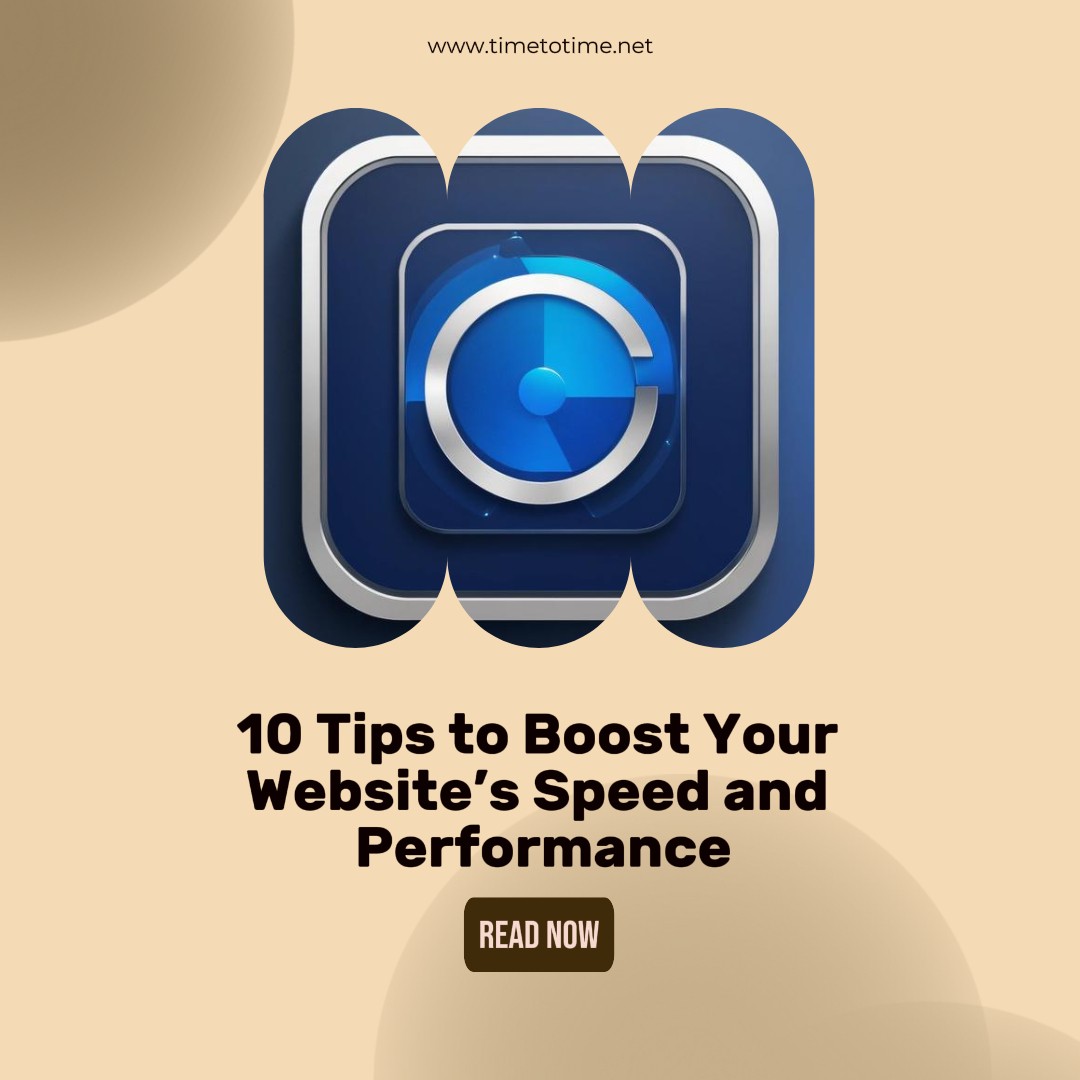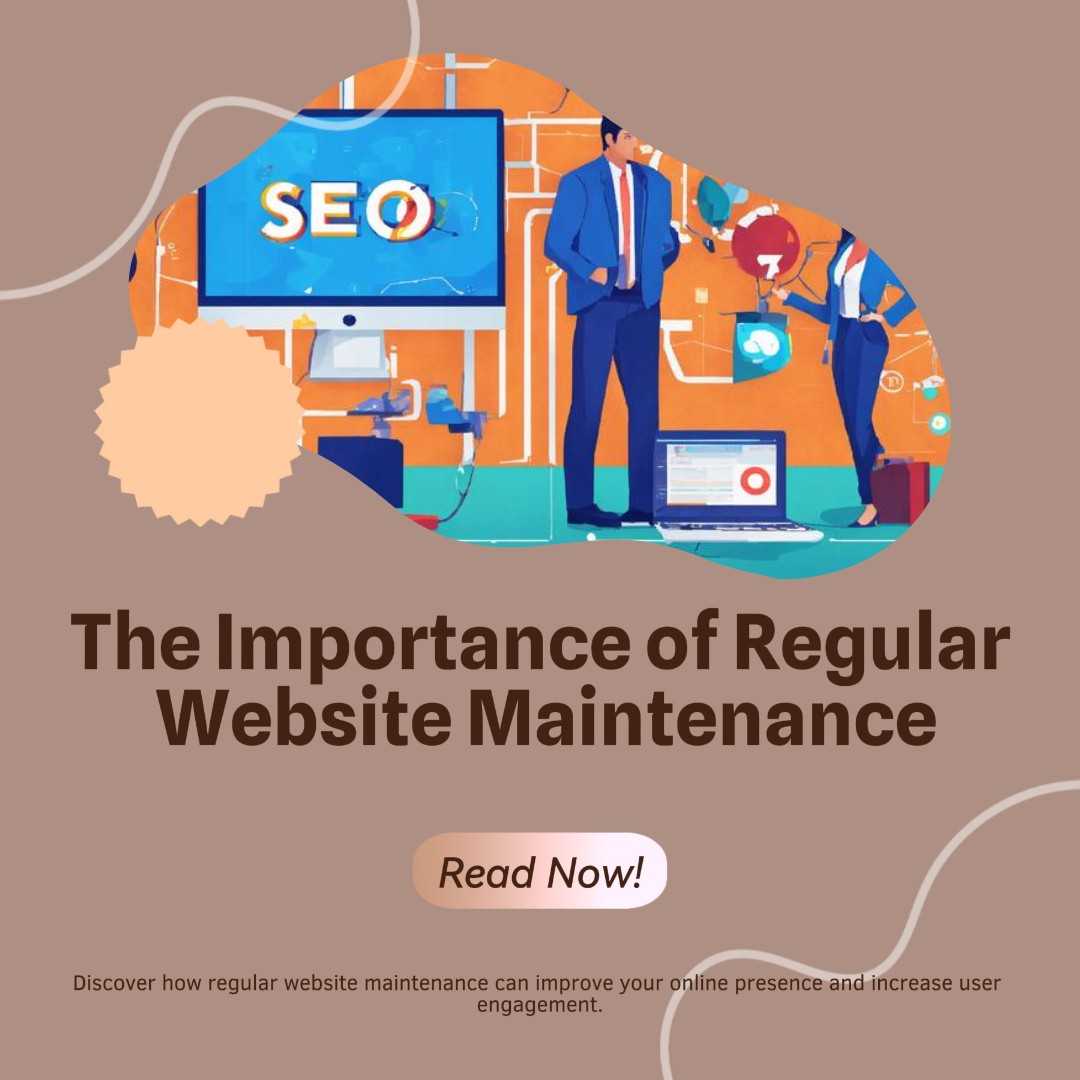In today’s fast-moving digital world, waiting for a website to load feels like an eternity. But little do people know that just one extra second of loading will cut down conversions very significantly. Be it an e-commerce store, a blog, or a corporate website, optimization of the loading time of the site is extremely important, not only from the point of view of the user but also in terms of search engine ranking. In this article, we’ll dive deep into actionable tips to help you speed up your website and keep your visitors engaged.
Why Website Loading Time Matters
Imagine walking into a store and standing there for minutes before anyone attends to you. Irritating, right? The same goes with your website—if it takes too long for the site to load, visitors won’t stay around long enough to see it at all. But it isn’t all about user experience. Google incorporates page speed into its ranking formula, which means slow sites may get relegated lower in the search results.
User Experience Impact
Faster sites create a seamless, more enjoyable experience for users and create longer visits with higher engagement rates.
SEO Impact
A slow site will negatively affect your search engine ranking by lessening visibility and traffic. For this reason, it is not just nice to optimize the loading time of your website—it is a must.
How to Measure Your Website’s Speed
First of all, you should know how your site is performing now. There are a few tools for that:
- Google PageSpeed Insights: This free Google tool not only measures the speed of your site but also provides recommendations to make it faster.
- GTmetrix: Other quite popular services offer detailed information about your website performance and how to optimize it.
- Pingdom: A very lightweight tool for getting a quick glance at the speed of your site versus other sites.
Minimize HTTP Requests
Every time someone accesses your site, their browser sends a request to your server for files, including images, scripts, and stylesheets. The more files your site has, the longer it will take to load.
Combine Files
This is one of the effective ways to reduce HTTP requests. You combine many CSS and JavaScript files into one. This reduces the number of requests made, therefore reducing the loading time.
Inline CSS
Try to use inline CSS for minor styles to avoid having an external stylesheet as much as possible.
Optimizing Images for Faster Loading Time
Images tend to occupy the biggest size of a web page. Optimizing images alone could significantly reduce loading time.
Compress Images
For compression, you can use tools like TinyPNG or JPEG Optimizer.
Correct File Format
Use JPEG for photos in most instances. For images with a few colors, like logos, PNG is better.
Lazy Loading
Let lazy loading do its magic: include images only when those are visible inside the user’s screen.
Use Browser Caching
Each time a visitor enters your site, that visitor’s browser caches some of the files it downloads from your site. In this way, further access to your site by that browser will be much faster.
Set Expiry Headers
The expiration header will tell the browser for how long it should keep those files. This is particularly useful for assets, like logos, that rarely change.
Minify CSS, JavaScript, and HTML
Minification replaces unnecessary characters—like spaces and comments—within your code, making your file smaller and increasing its load speed.
Tools
There are a bunch of tools out there that you can make use of to automate this whole process. Examples include CSSNano, UglifyJS, and HTMLMinifier.
Build Tool Automate
If using a build tool like Gulp or Webpack, you are able to configure it so that it auto-minifies the files whenever changes take place.
Enable Compression
Compression reduces the size of your files before they are sent to the browser, speeding up how long it takes for them to download.
Gzip Compression
Gzip is available on most web servers and can compress your HTML, CSS, and JavaScript files up to 70%.
Brotli Compression
Brotli is an up-and-coming alternative for Gzip. It is going to bring even more excellent compression rates, especially with text-based files.
Choose a Fast Web Host
Your web hosting determines a lot in your website performance. One can only optimize so much on a server that is quite slow by nature.
Shared vs. Dedicated Hosting
While shared hosting is cheap, it is mostly slower since you share the resources with other sites. In case speed is crucial, you can always go for a dedicated server or look into a managed WordPress host.
Location is Everything
Consider the hosting provider whose servers are closer to your target audience. It will be of great help in reducing latency and improving load times.
Use Content Delivery Networks (CDNs)
Probably the best way you could improve page load times for people viewing from across the globe is by using a CDN. In essence, a CDN keeps copies of your site’s files in data centers across the globe. Anyone who accesses your website will now be served his or her files from a server closer to them, hence saving on load time.
Global Reach
For those who have users around the globe, it becomes expedient to use a CDN that assures lower latency and better loading times for users far from the main server.
All the services mentioned above assure reliable CDN solutions. Some of the well-known services providing CDN include Cloudflare, Amazon CloudFront, and Akamai.
Minimize Redirects
A new HTTP request is fired for every redirection of a page, adding up to the load time.
Avoid Chain Redirects
If a page has to be redirected, it must be in one step directly and not in steps.
Avoid 404 Pages
Go regularly and find out broken links that result in 404 pages. Immediately correct them. Extra redirects will make your site lag.
Optimize Mobile Performance
People browse more on mobile, so it becomes vital to take care of your website for its performance on mobile.
Responsive Design
Your website should be mobile-friendly, fit all screen sizes, and should be responsive.
Accelerated Mobile Pages
AMP, in fact, is a framework provided by Google to reduce the pages to their essential elements, so they load much faster on mobile phones.
Regular Monitoring and Analysis
Optimization of the website is not something that can be done once and forgotten. It is very necessary to monitor the performance of your site every now and then and bring in changes at places that call for them.
Create Alerts
Tools like Google Analytics send warnings in case the load time of your website crosses any significant limit.
Regular Audits
Running regular audits using tools like Google Lighthouse can help you find new issues that might surface.
Leverage Asynchronous Loading
Asynchronous loading will let your scripts load in the background without blocking the rest of the page from rendering.
Async and Defer
The async and defer attributes on your script tags allow for loading your JavaScript files asynchronously, which will improve the overall time taken to load your page.
Minimize Plugins and External Scripts
While plugins and scripts will enhance functionality on your site, they also can be what weighs it down.
Plugins Audit
Regularly audit what plugins your application is using, and discard unnecessary ones.
Host Scripts Locally
If possible, always try to host scripts on your server instead of pointing to third-party sources.
Conclusion: Faster Loading, Happier Users
It becomes paramount to optimize the loading time of your website so that it would provide a fantastic user experience and your search engine ranking remains healthy. You can do quite a few things to decrease the loading time taken by your website using some of the tips described here and thereby not disappoint the visitors nor weaken your online presence.
Frequently Asked Questions
1. How does the loading time of a website influence SEO?
Website load time is one other ranking factor of Google. A fast site keeps improving the ranking position in search engines, while a slow site hurts your visibility.
2. What tools can I use to test the speed of my website?
You can go with Google PageSpeed Insights, GTmetrix, or Pingdom to test and analyze your website’s speed.
3. How often should I check the loading time of my website?
This is a practice that you need to enforce in your routine, particularly after doing major adjustments on your site.
4. Can too many plugins actually slow down my website?
Yes, too many plugins—most of them being poorly optimized—can do this. You have to make regular audits on your plugins and take some off that are not needed.
5. What is lazy loading, and how does that help?
Lazy loading is essentially a technique of loading images only when they are needed, which reduces the initial loading time of your website and enhances performance.






